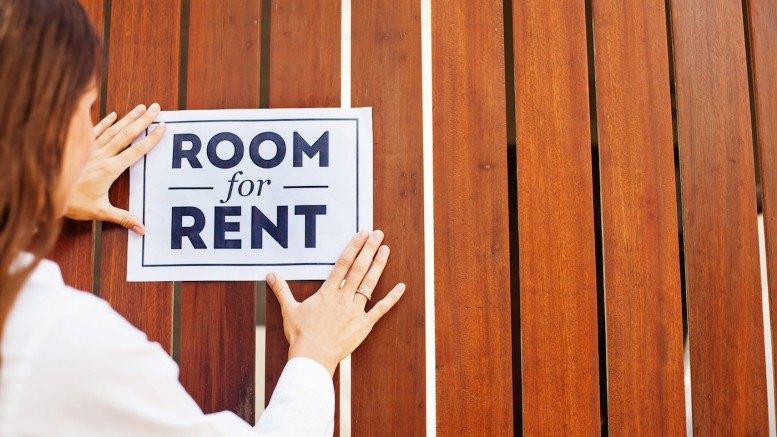One of the nightmare situations for landlords is the illegal occupier, not only squatters, but the lodger, there without permission. The lodger who remains when the tenant vacates. It is horrifying to see statistics provided by Direct Line for Business, the landlord insurance provider, that 17% (one in six) UK tenants admits to having rented out part or all of their rented properties; 25% (one in four) of the tenants who sub-let didn’t bother to check to see whether this was permitted, or more likely, forbidden in their leases and 34% (over a third) did not inform their landlord of their actions.
Why is sub-letting such a nightmare? Surely no landlord would begrudge his tenant helping to improve his financial situation or helping a friend who has nowhere to live? Probably not, and landlords are often kinder and more sympathetic than the general expectation is, but there are serious consequences to having unauthorised lodgers, which is why landlords must know who is living in their properties and will almost certainly prefer to issue a new tenancy to incorporate a possible lodger as a joint tenant.
Insurance issues are of major significance. Many insurance companies will make stipulations that the tenants should be working people, or have no criminal record. They depend on landlords to know who their tenants are; should the tenant sub-let, the landlord could find that his insurance is invalidated should a claim arise when a lodger is in residence. No landlord can afford to risk the total loss of a property which invalidated insurance could lead to.
It could also be seen as benefit fraud, if the tenant is on benefits and a lodger moves in. Even with no intention to commit fraud, it could create problems with payment of the rent, as a non-dependents deduction would be made.
Right to Rent was introduced from 1st February 2016 adding even more to the rigours of being a landlord. They must now ensure that they do not allow anyone to live in their properties who does not have the right to do so. Penalties are heavy if it is discovered that someone without the Right to Rent has taken a property; if a tenant sub-lets, or allows someone to lodge with them, the landlord would be held responsible, not the real transgressor, the tenant, hardly likely to check passports of national insurance number.
It seems that nationally, 17% of tenants have sub-let their properties, though the figures vary over the country. The North West and West Midlands have the highest number, with 27% (just over a quarter) sub-letting. These are high figures, but according to Direct Line, this is set to rise, as 15% (1 in 6) claim they are thinking about sub-letting. Landlords must ensure that their tenancy agreements forbid sub-letting; that they make regular inspections of their properties which may enable them to see whether there seem to be regular extra bodies in the property. Explain to tenants why sub-letting is not allowed (though a temporary visit from family or friends cannot be denied).
There will always be some tenants who try to make money themselves from a landlord’s investment; even the most careful of landlords could find himself with an unwelcome lodger, but by taking extra care and keeping records of the efforts taken, you may discover it and can then take action – which will probably have to be eviction of the tenant, then a notice to quit for the illegal occupier, if he refuses to leave when the tenancy ends. Make no mistake – lodgers and sub-letting are bad news for landlords!
For advice on buy to let issues – General Knowledge








Be the first to comment on "Sub-Letting – On the Rise"